. . DEMOCRATIC PARTICIPATION . .
Excerpts from the May Newsletter of International Cities of Peace
GLOBAL NEWSCAST – UPDATE, May, 2023
380 Cities of Peace; 71 Countries; 6 Continents — the global network of International Cities of Peace (ICP) continues to grow. Practical work is being done. Below the headlines of violence and war is a profound story of peacemaking in communities. Safety, prosperity, and quality of life are the Consensus Values of Peace and hundreds of International Cities of Peace, thousands on peace teams around the world, are at the forefront of a grassroots organizing principle: localizing a culture of peace.

THREE NEW ICP HAPPENINGS
1. SEND A VIDEO FOR THE ICP YOUTUBE CHANNEL!
An extraordinary benefit exclusively for ICP Liaisons
A LETTER FROM ICP ONLINE FACILITATOR MIROMIR RAJCEVIC, International City of Peace, Serbia
My team at the Media Education Centre and I would like to support our movement and promote as much as possible the Global Network of OUR Cities of Peace because supporting PEACE is more important than ever. . . . . And I believe that political solutions must guide all our peace operations. We must show that it is a Global Movement ready to INCLUDE, ready to PROMOTE and interested to SUPPORT the peace around the Planet. . . . The best way I can propose to all the International Cities of Peace is to help me to show how many cities in how many countries respect and promote peace. To invite many other cities to join us. If you like to support our idea, please be so kind as to express your goodwill to contribute to our promotion with a short video about your city. To be easier to communicate and exchange video and basic information please fill out the form and I (or somebody from my team) will back to you with instructions.
2. SUMMIT FOR PEACE IN SOUTH AMERICA
From Buenos Aires: International City of Peace in South America
May 31, 4:30 p.m. to 5:30 p.m. at Av. Maipú 2502, Province of Buenos Aires, Argentine Republic.
There will be face-to-face meeting at the Conference with participation by the Ambassador of Peace, Nicolás Incolla Garay of U.N. ECOSOC, as well as Carlos Palma, Coordinator of the Living Peace Project, among other speakers.
Call to Action: Participate from your country by following the instructions in this simple form, you will be part of our summit on May 31, 2023.
3. FOCUS ON CHILDREN
Mesa, Arizona, U.S.A. has been an International City of Peace since 2022. Liaisons Paula Osterday and Dr. Ruth Lim, the focus of the peace initiative in Mesa is on the next generation. “We focus on three things in Mesa,” Dr. Lim notes.
We empower children and families to be advocates for peace and non-violence. Our Annual Week Without Violence showcases the community’s advocacy with posters and poetry in different school districts
We have community and business champions that support with Proclamations and Letters of support, including the Governor, the Mayor’s office, Rotary Club, community colleges, and nonprofits like Chicano Por La Causa working on community development.
We placed peace poles in community schools, churches, and colleges.
The Mesa Team was instrumental in Arizona’s observance of “A Week Without Violence”, which created awareness, educates, and strengthens the advocacy for non-violence which in return will help make their community a safer place to live. The Proclamation by Governor of the State of Arizona, Douglas A. Ducey, proclaimed peace as the “deepest hope” and “guiding inspiration” for all of humanity. There are several Cities of Peace in Arizona and many of the leaders are working toward Arizona becoming a State of Peace, the criteria of which is detailed below.
(article continued in right column)
Question related to this article:
How can culture of peace be developed at the municipal level?
(article continued from left column)
NEW CITIES OF PEACE
376th City of Peace! Kashojwa, Nakivale, Uganda
There are 74 villages in the Nakivale, Uganda Refugee Camp. Desperate, they come from D.R Congo, Burundi, Somalia, Rwanda, Ethiopia, Eritrea, and other countries. A peace leader in the Nakivale settlement of Kashojwa, Nakivale, Uganda has established his village as an International City of Peace. Iragi Bakenga is a Congolese national, a courageous young man, that is taking the leadership. “I have decided with my team to start volunteering for orphans and vulnerable teenagers and youths to fight illiteracy among them. What courage and resolve! (cities listing)
377th City of Peace! The Central District of Lima, Peru
Established as an International City of Peace by Ms. Rosi Castellaneos who leads an extensive peacebuilding network, Lima is a MegaCity with over 40 districts in a country that has recently had many political setbacks. Yet Rosi and her colleagues have many positive activities, including promoting the Roerch Flag of Peace, inspired by the work of Inés Palomeque and the Argentine-based Mil Milenios de Paz. Thank you, Rosi! (cities listing)
378th City of Peace: New Kigali, Nakivale, Uganda
“To see a developed community where women are fully employed, and children access education.” — this seems a universal vision, yet for January Mutimanw it is very personal. Congolese by nationality, he reached the Nakivale Refugee camp in Uganda in 2015 and envisioned himself as a young man destined to change the New Kigali community for the better. We are with you, January. Take advantage of the tools, resources and network of ICP — that is why we are here. (cities listing)
NYAWARA DISTRICT OF BUKAVU, DRC — the 379th CITY OF PEACE!
I like, as a woman, that we can do great work so that we women will fight to build peace in our country, the Democratic Republic of Congo.” The words of a current and future peacemaker go to the core of why International Cities of Peace is an extraordinary platform for youngers and elders. Ms. Bahozi Chance is 25 years old and is dedicated to fight for peace in her city of Bukavu and for parity between men and women. “We planted fruit trees and utilize Agro forestry,” Chance said, “to overcome the problem of natural disasters, erosion and floods in the city of Bukavu and live with nature.” Onward toward local/global peace! (cities listing)
FROM THE CHAIR
Have you planned for Peace Day, 2023?
September 21st is less than four months away. Designated by the United Nations, International Day/Week/Month of Peace is a wonderful opportunity. WE celebrate peace, educate on peacebuilding, and YES! contemplate the work to be done. Many Liaisons use the time to gather their teams to plan for the next year of projects — how has safety, prosperity, and quality of life in your community made progress… or degenerated? Either way, peacemakers are necessary to keep the momentum or to create momentum for community peace.
The ICP sponsored Global Feast for Peace is in its 11th year. How you gather is entirely up to you. Yet through the Feast for Peace, we make a unified and profound statement to the world that peace is an active engagement. Plan an event, or many events, during September. Remember, peace is not something we keep inside, or among our friends and family. Peace must be shouted from the rooftops and mountains! We must rise together to overcome the silence. Invite the community. International Day of Peace is humanity’s gift from the United Nations.
Celebrate. Plan. Listen. Enjoy. Feast for Peace with hundreds of International Cities of Peace around the globe! (Peace Day)
J. Fred Arment
Chair, Lead Facilitator
International Cities of Peace

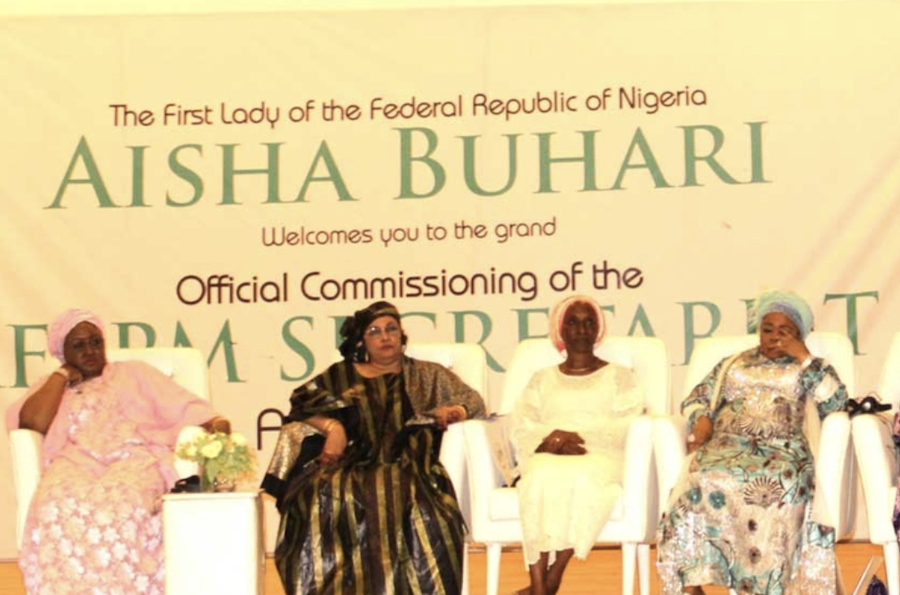
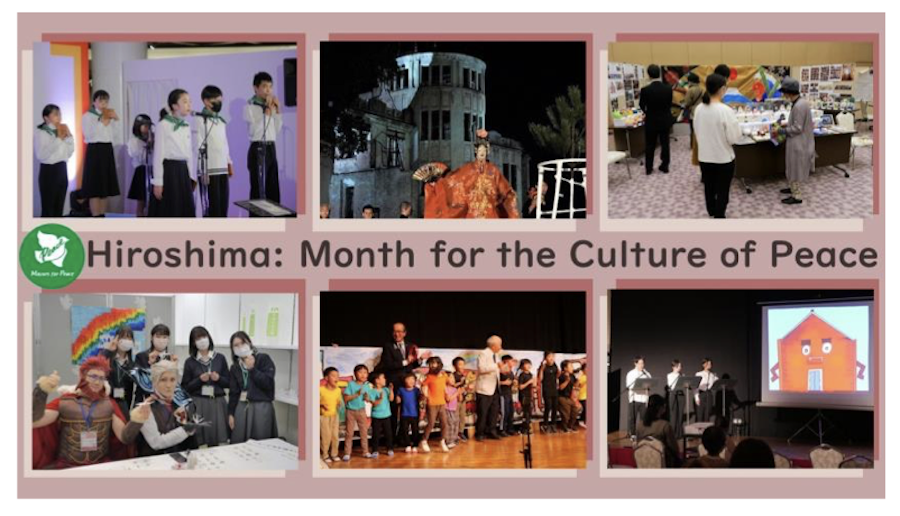


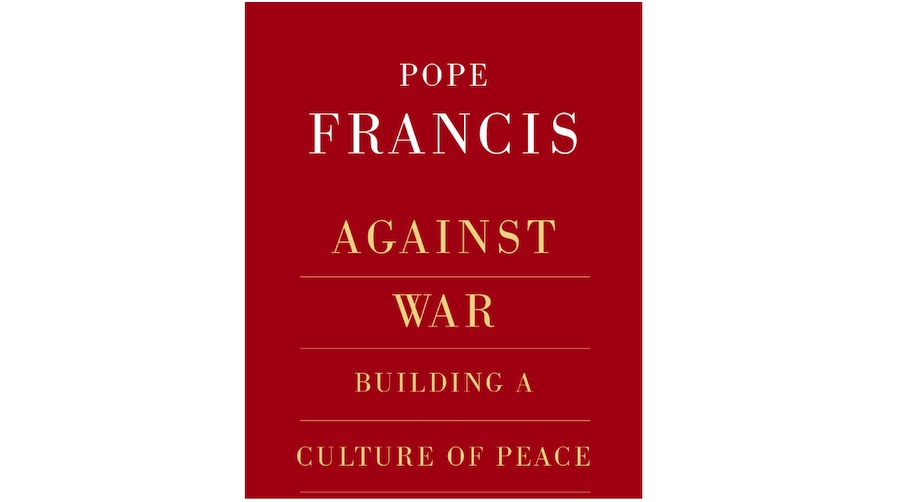



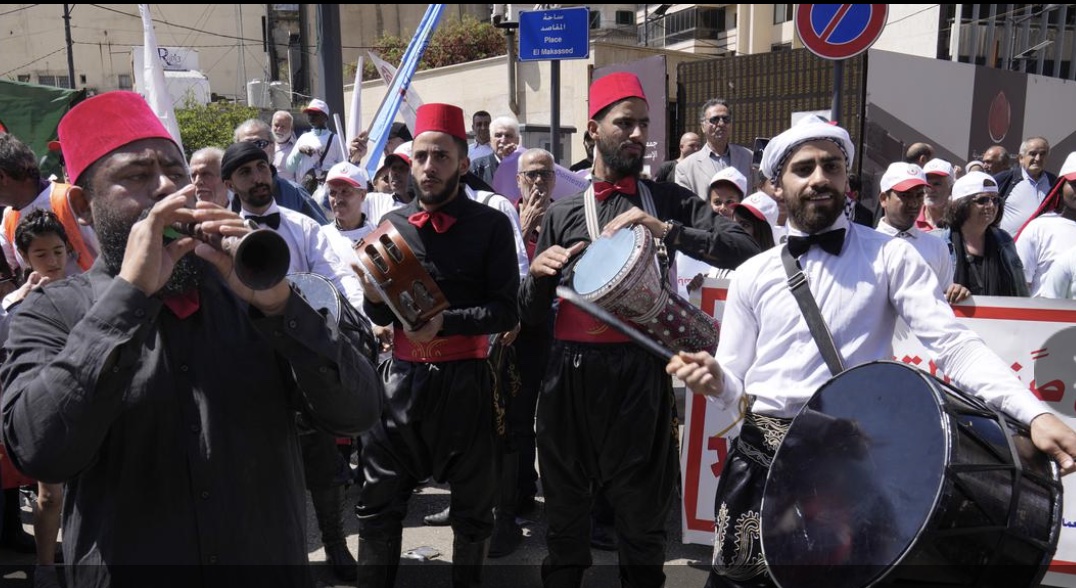
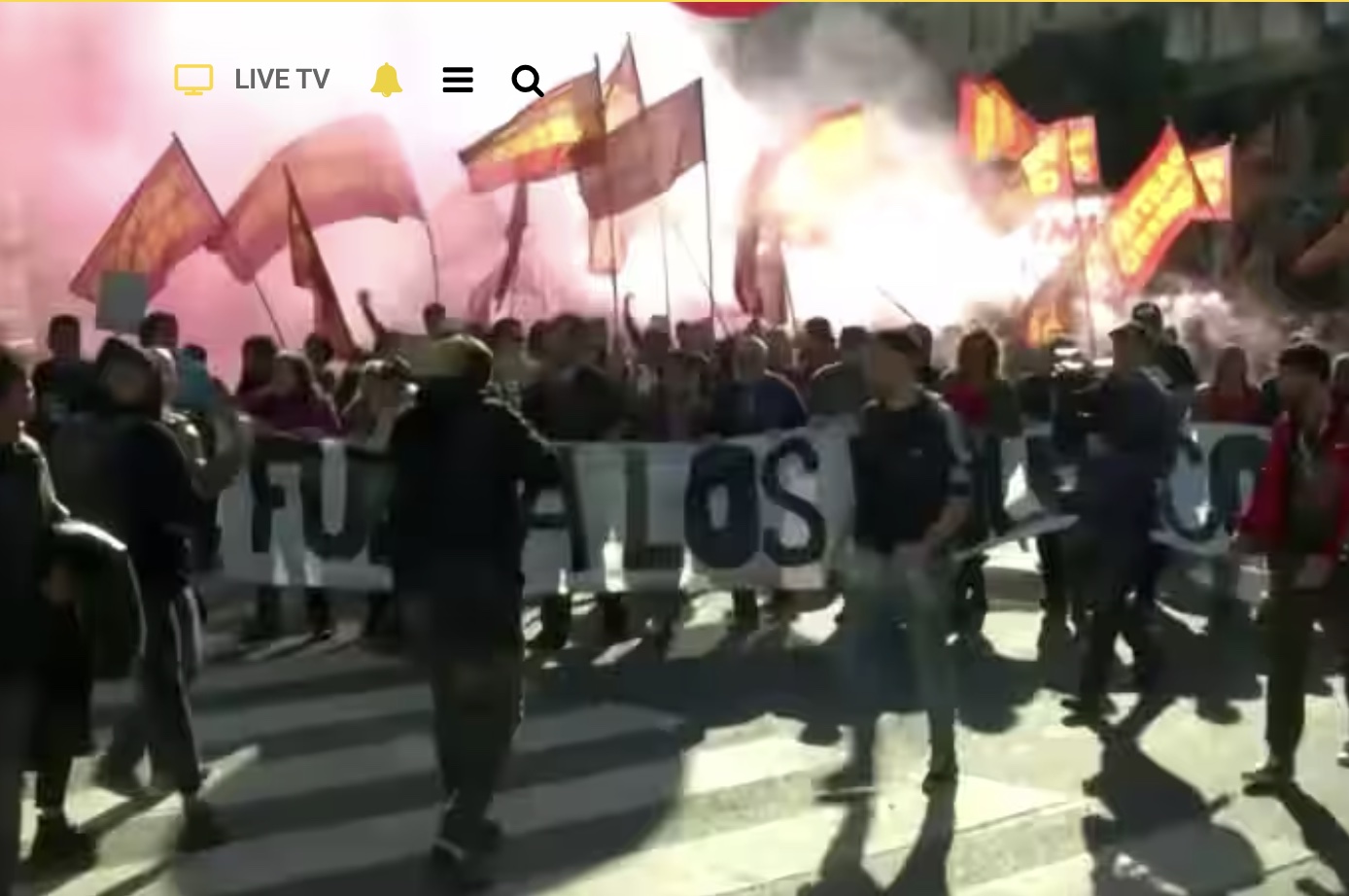

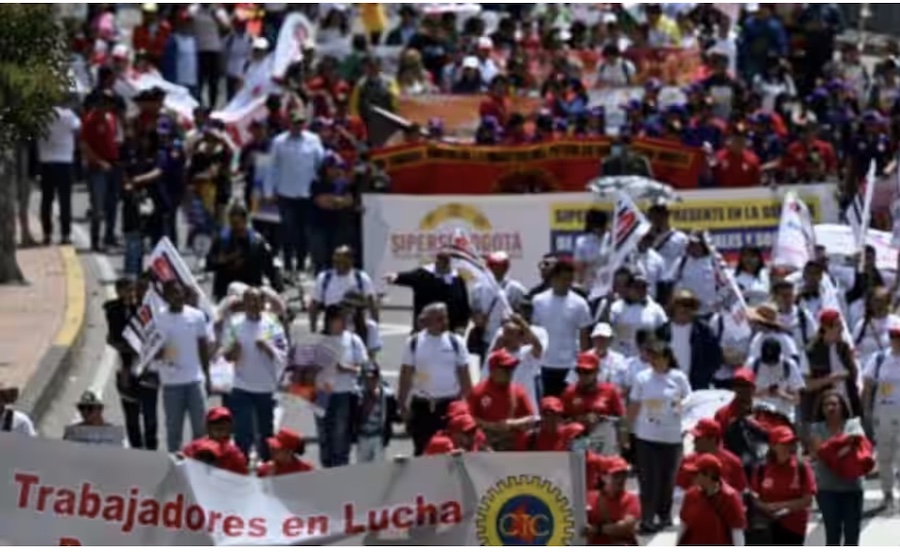










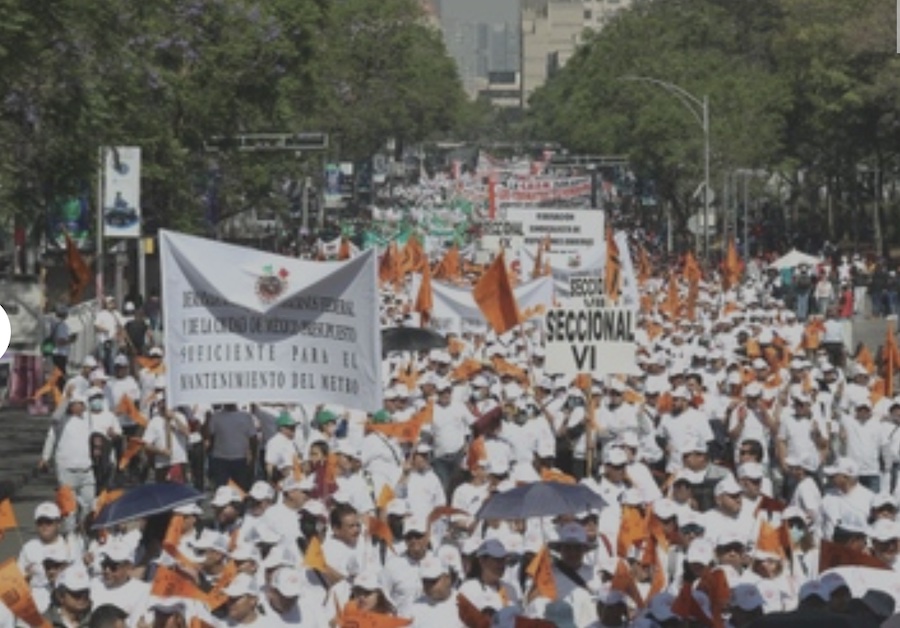

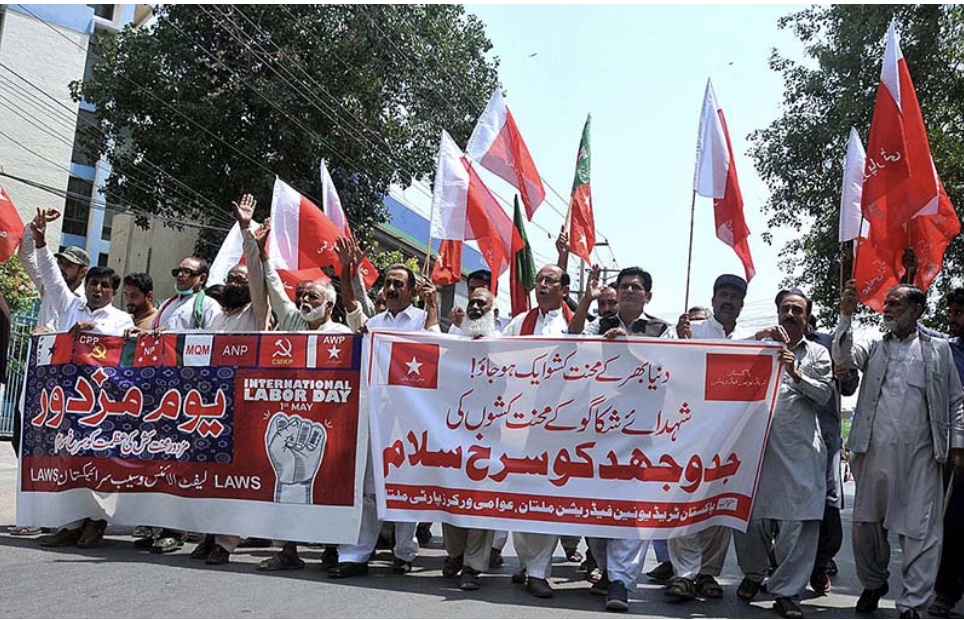
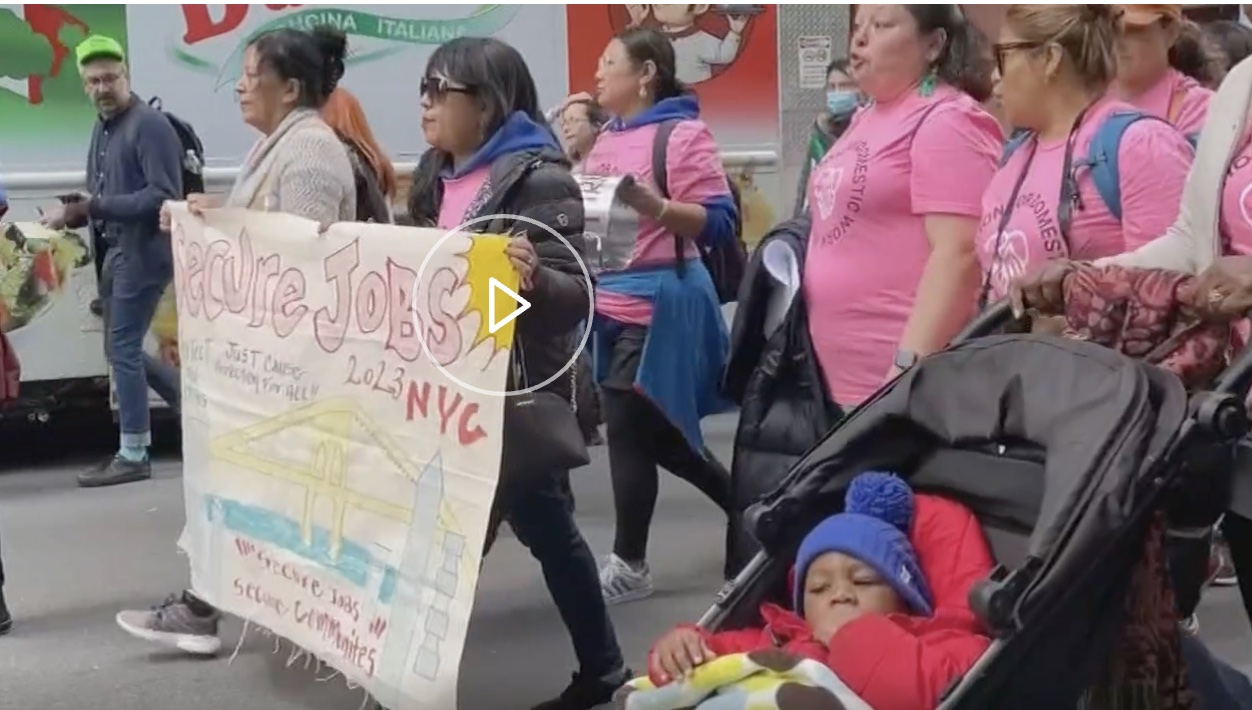
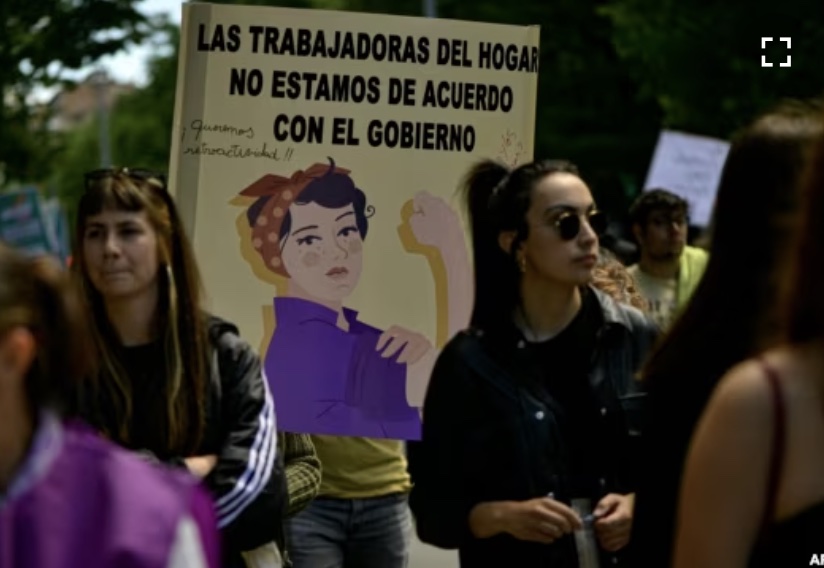




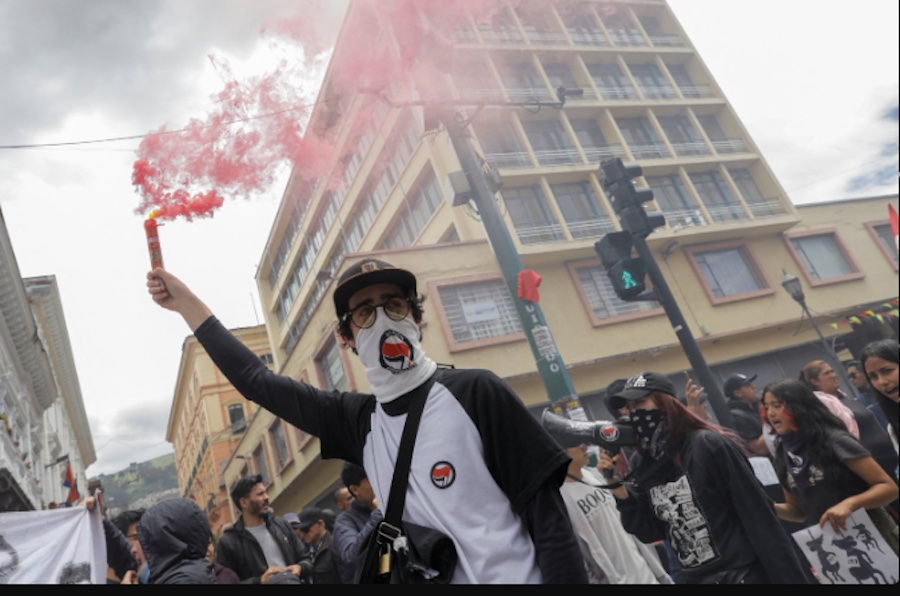





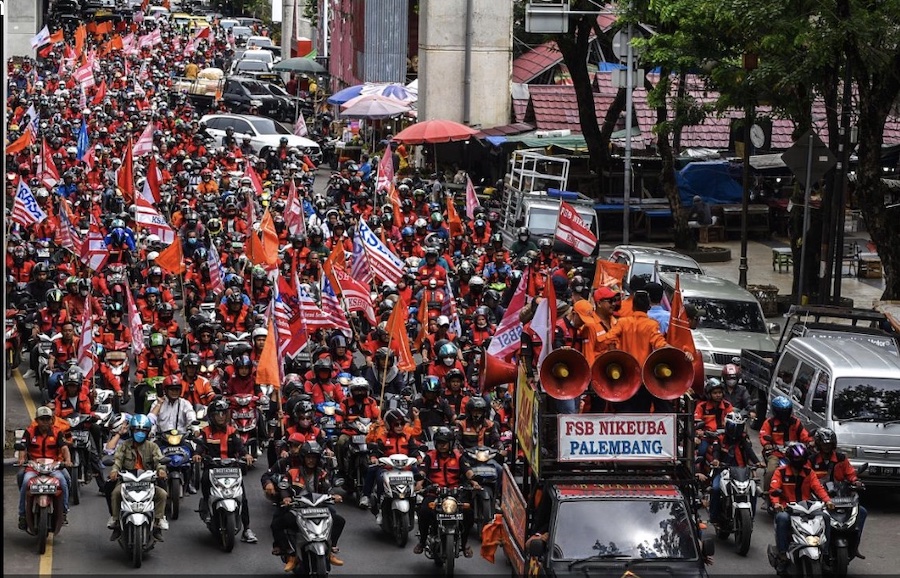
 Labour day parade march in front of the town hall in Vienna, Austria. [Lisa Leutner/AP Photo]
Labour day parade march in front of the town hall in Vienna, Austria. [Lisa Leutner/AP Photo]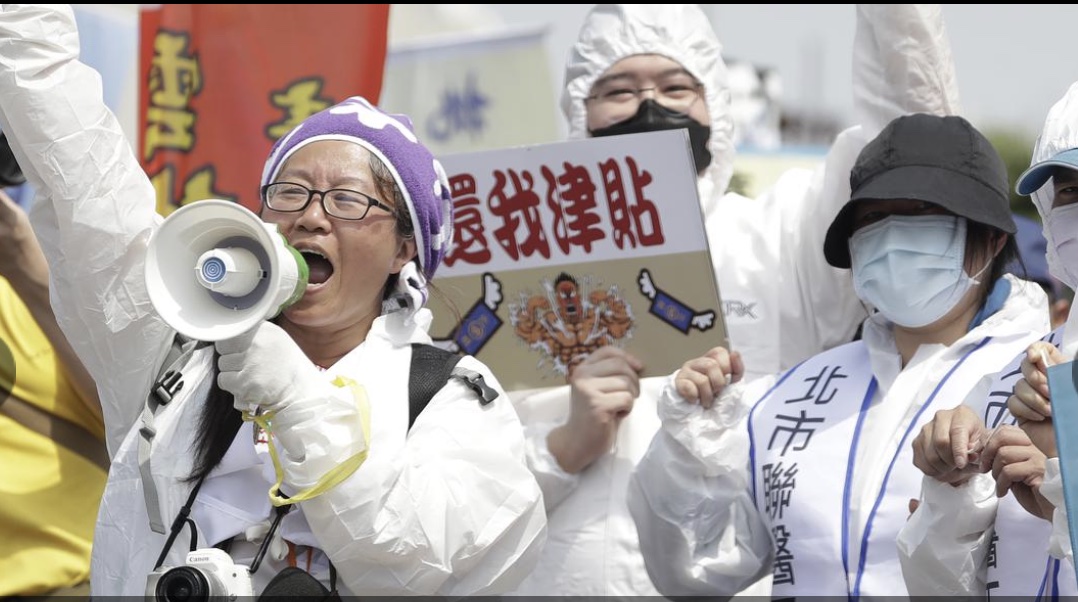 Medics hold slogans reading “I want benefits” during a May Day rally in Taipei, Taiwan (AP Photo/Chiang Ying-ying)
Medics hold slogans reading “I want benefits” during a May Day rally in Taipei, Taiwan (AP Photo/Chiang Ying-ying)

